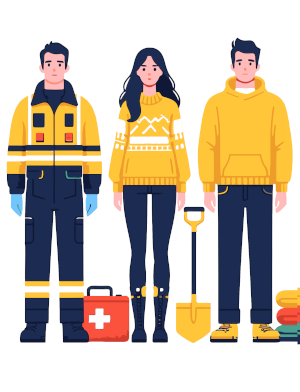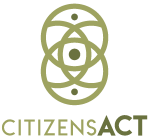About the project

Social Cohesion by Empowering Volunteering During Emergencies (SEE) is a project co-financed by the EU’s CERV program about joint emergency response by organised and spontaneous volunteers.
Volunteering and volunteering organisations have long been an important pillar of social cohesion and solidarity within society. Volunteering is at the same time an expression of cohesion and an important connecting factor, as citizens help other citizens in need. This aspect of active citizenship, of a sense of belonging, being part of civil society and of conveying and living important values makes volunteering an integral part of democratic culture.
Ever more frequent natural disasters as well as man-made emergencies have asked a lot from the organised volunteer force in Europe. At the same time, the urgency and need of solidarity among citizens has never been more clear, prompting many people to offer their help in any way that they can in acute emergency situations.
These spontaneous shows of solidarity are a mixed blessing – on the one hand, spontaneous helpers, while having the best intentions, are neither trained nor qualified in handling, often dangerous, emergency situations. On the other hand, the frequency and intensity of emergencies is wearing the resources of organised volunteers, thin, which makes the support offered by spontaneous volunteers more welcome than ever, if certain caveats can be addressed.
The project SEE addresses this issue by aiming to enable spontaneous volunteering as a valuable form of civic engagement and, at the same time, to allow it to unfold its potential in alleviating the strain on the resources of qualified emergency management – in coordination and collaboration with the existing structures.
SEE approaches this via a community-based process that involves all interested members of several participating communities but, in particular, spontaneous volunteers or citizens who would be ready to render spontenous aid in case of emergency as well as organised volunteers present in the same community.
These two groups of active citizens will take part in participatory processes in two town hall meetings, and a background working process in panels of active citizens, to develop a concept for joint organised / spontaneous volunteering for their community that takes into account the communities specific risks (e.g. types of disasters typical for the location) and also tries to integrate with other relevant stakeholders (including, of course, local authorities responsible for emergency planning).
This process will take place over the course of two years, from now until August 2026.













